The denim brand MUD Jeans rents and then recycles their garments; they also offer free repairs during leasing. Adidas has used ocean plastic to create millions of pairs of shoes. Oatly, the oat milk brand, recently released a line of upcycled holiday sweaters as part of their ReRuns project, a series of sustainable merch drops created in collaboration with artists. Meanwhile, the British supermarket Asda rolled out vintage clothing sales across 50 stores.
Research from McKinsey indicates that between 2000 and 2015, the average shopper bought 60% more clothing, but we kept those items for approximately half as long. The Waste and Resources Action Programme (WRAP) estimates that approximately £140 million worth of clothing ends up in landfills every year.
But slow fashion, introduced as a response to the staggering environmental impact and human cost of fast fashion, has officially entered the mainstream, with consumers taking a closer look at supply chain integrity. Fashion, an industry that once valued speed and newness, is in the midst of a revolution, and from the luxury houses to the major retailers, brands are taking note. Some are doing it by focusing on classic staples made to last for years, while others are taking the second-hand approach.
Consumers are increasingly prioritizing quality over quantity, choosing items made with longevity and durability in mind. Below, we’ll cover just a few ways to visualize that shift in your commercial Licensing portfolio.
Spotlight on: Upcycling and repair
As revealed by The State of Fashion 2022 report by The Business of Fashion and McKinsey & Company, 60% of fashion executives have already invested, or plan to invest, in closed-loop recycling in the next year, a process that involves the recycling of textile waste to create new textile products. This is an important step toward addressing the estimated 40 million tons of textile waste produced annually by the global fashion industry.
Today’s consumers can also help tackle the problem by investing in long-lasting, quality products and taking care of what they buy. Patagonia, for example, provides videos and guides for the DIY care and repair of their products. The company has been a leader in this space; for Black Friday 2011, you might remember, they ran a full-page ad in The New York Times with the line, “Don’t Buy This Jacket.” The message was clear: we all need to reduce our consumption to reduce our environmental footprint.
You can illustrate the idea of circular fashion and our increasingly circular culture through pictures of people mending worn clothing or repurposing what we already have through disassembly and repair. For inspiration, check out Patagonia’s Worn Wear Stories. By sharing the histories behind what we wear, the series encourages customers to keep their gear in use over the long haul.
Levi’s “Buy Better, Wear Longer” campaign is another example of a brand seeking to raise awareness about our harmful consumption habits through garments we can reuse again and again throughout our lifetimes. Capturing this movement photographically could mean using wardrobe pieces that were made to last, or it could mean asking to document the work of a local tailor or cobbler (remember: you’ll need a model and property release).
Spotlight on: Second-hand shopping
According to the 2021 Fashion Resale Market and Trend Report by thredUP, 33 million consumers bought second-hand clothing for the first time in 2020, with 76% of them planning to increase their second-hand spend over the next five years. In 2016, 45% of consumers over eighteen said they have bought or are open to buying second-hand products; by 2020, that percentage soared to 86%.
The threadUP report indicates that an item purchased used instead of new displaces 17.4 pounds of CO2 emissions, reducing its carbon footprint by 82%. In 2020, second-hand shopping displaced 542,350,138 items of clothing that would otherwise have been purchased new. With almost two in five thrifters replacing fast fashion with second-hand alternatives and 45% of millennials and Gen Zers saying they refuse to buy from brands that aren’t sustainable, second-hand is expected to be twice the size of fast fashion by 2030.
Photographing the second-hand shopping experience could mean teaming up with a local business and documenting the thrifting experience behind-the-scenes, or it could mean showing how we shop and sell our used items online. When planning your photoshoots, draw inspiration from your models and your surroundings to capture genuine, first-person experiences.
Spotlight on: Sustainable materials
The synthetic materials used in fast fashion come from the production of oil and petroleum, and they aren’t biodegradable. Animal products like leather, fur, and wool pose problems too, from the massive carbon footprint associated with livestock to the use of toxic chemicals to tan and preserve these textiles. Cotton farming requires large amounts of water, and the conventional production of cotton has a history of heavy pesticide use.
Designers and brands have gotten creative here. Regenerative cotton, for example, is grown without pesticides and has been used by the likes of Patagonia. Early in 2021, Stella McCartney released pants and a bustier top made from Mylo, a textile made from mushrooms. Adidas followed suit, announcing they’d create their iconic Stan Smith shoe using the mycelium-based material.
In recent years, designers have crafted everything from boots to jackets using Piñatex, a leather alternative made from sustainably sourced pineapple leaves. Others have embraced Frumat, a leather alternative made from apples. The textile company Singtex has introduced yarn made from coffee grounds, while another company, Vegea, is using grapes to create vegan leather.
This is one area where collaborating with a local designer could prove invaluable. If you find someone at a similar stage in their business as you are, you can offer to shoot their marketing materials in exchange for the opportunity to document their work and production process.
Spotlight on: Local businesses
In reaction to fast fashion’s legacy of human rights violations, the slow fashion movement pushes for more transparency on both the environmental and human sides to sustainability. That means that beyond carbon footprints, brands must ensure that they operate on a principle of fair wages and working conditions for all their employees. One place to start, as a shopper and photographer, is with ethical companies in your city, neighborhood, or community.
When reaching out to models and collaborators, consider artisans and craftspeople using traditional techniques and taking a handmade approach to fashion. Do some research on local businesses and their supply chains. How are their garments made? Maybe it’s a natural dyeing method, or perhaps it’s the sourcing of materials from organic farms. If you plan to license your images for commercial use (i.e., marketing or advertising), you’ll need a property release for any recognizable designs, artwork, or patterns, so make sure you’re on the same page about that before your shoot.
A 2020 survey by McKinsey & Company found that 57% of consumers said they’d made significant changes to their lifestyles to reduce their environmental impact. As a result of the pandemic, 65% of those who responded planned to purchase more durable items, with 71% saying they plan to keep what they have for longer, and 57% willing to repair items for longer use. Interest in more ethical fashion isn’t going away, and it’s time for commercial media—including photography—to start reflecting our changing values.
Not on 500px yet? Click here to learn about Licensing with 500px.

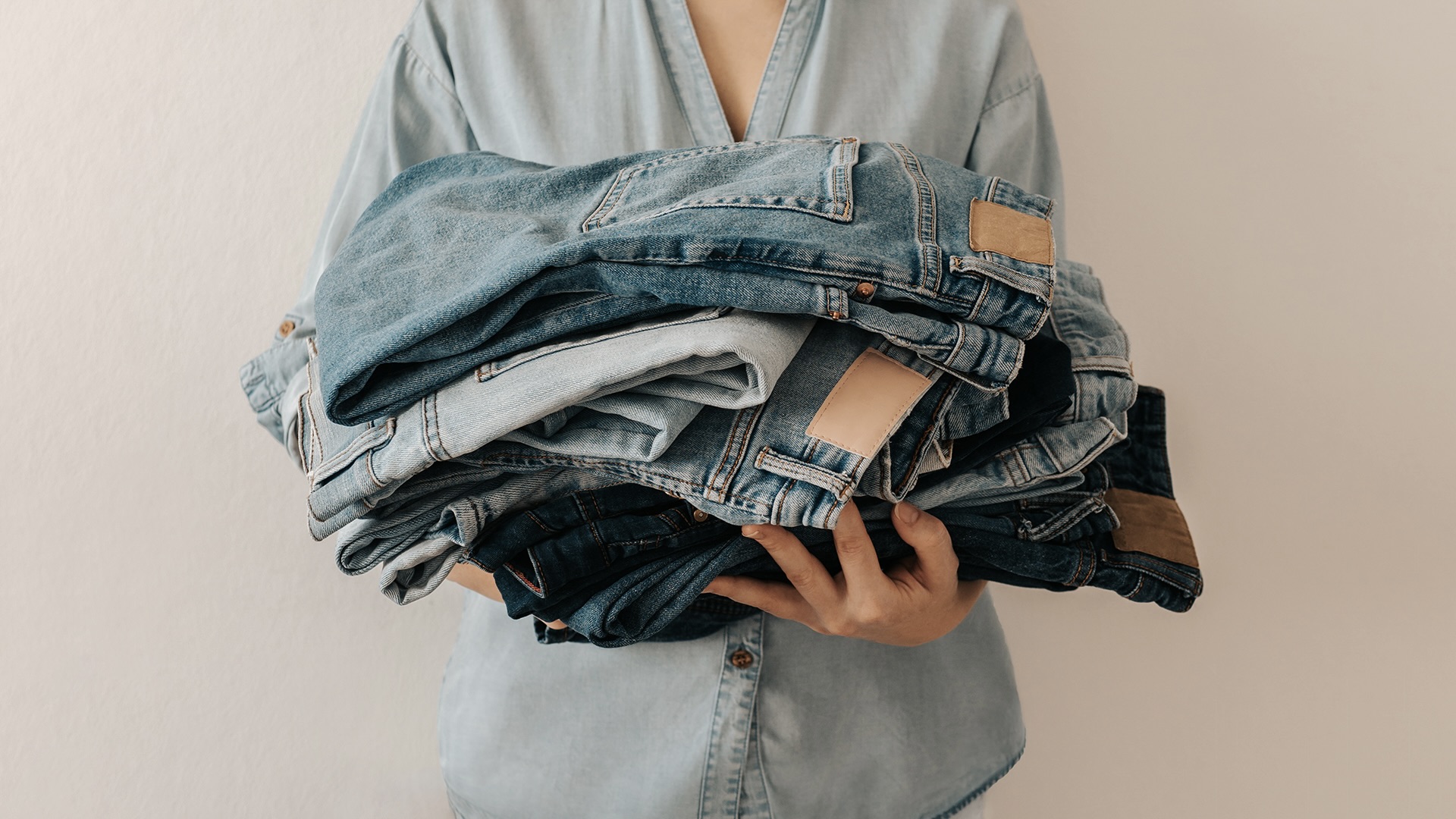
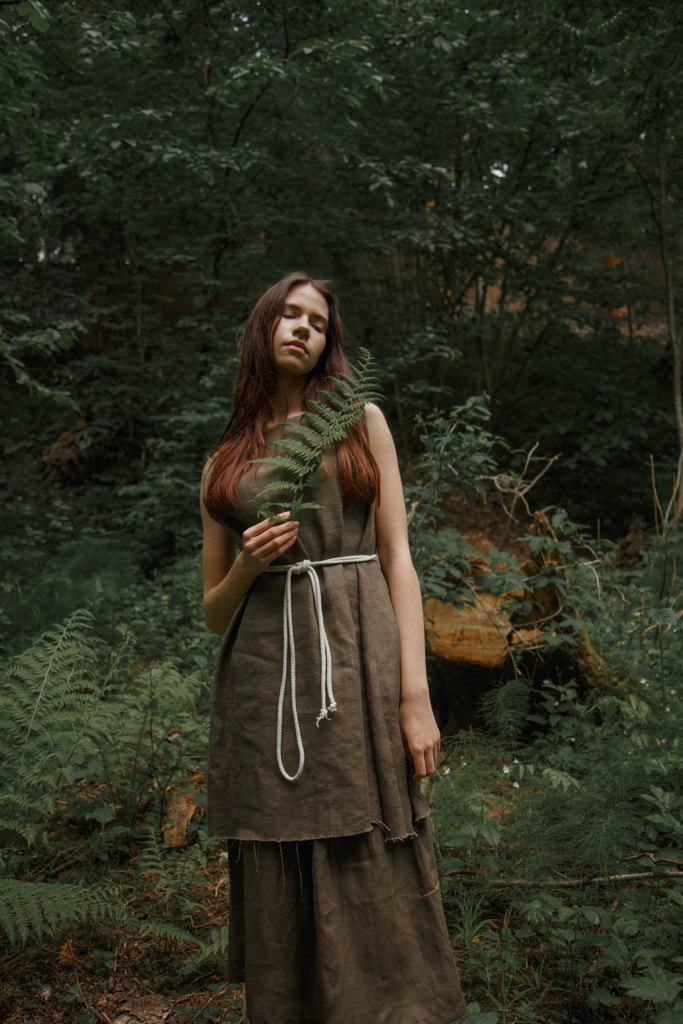
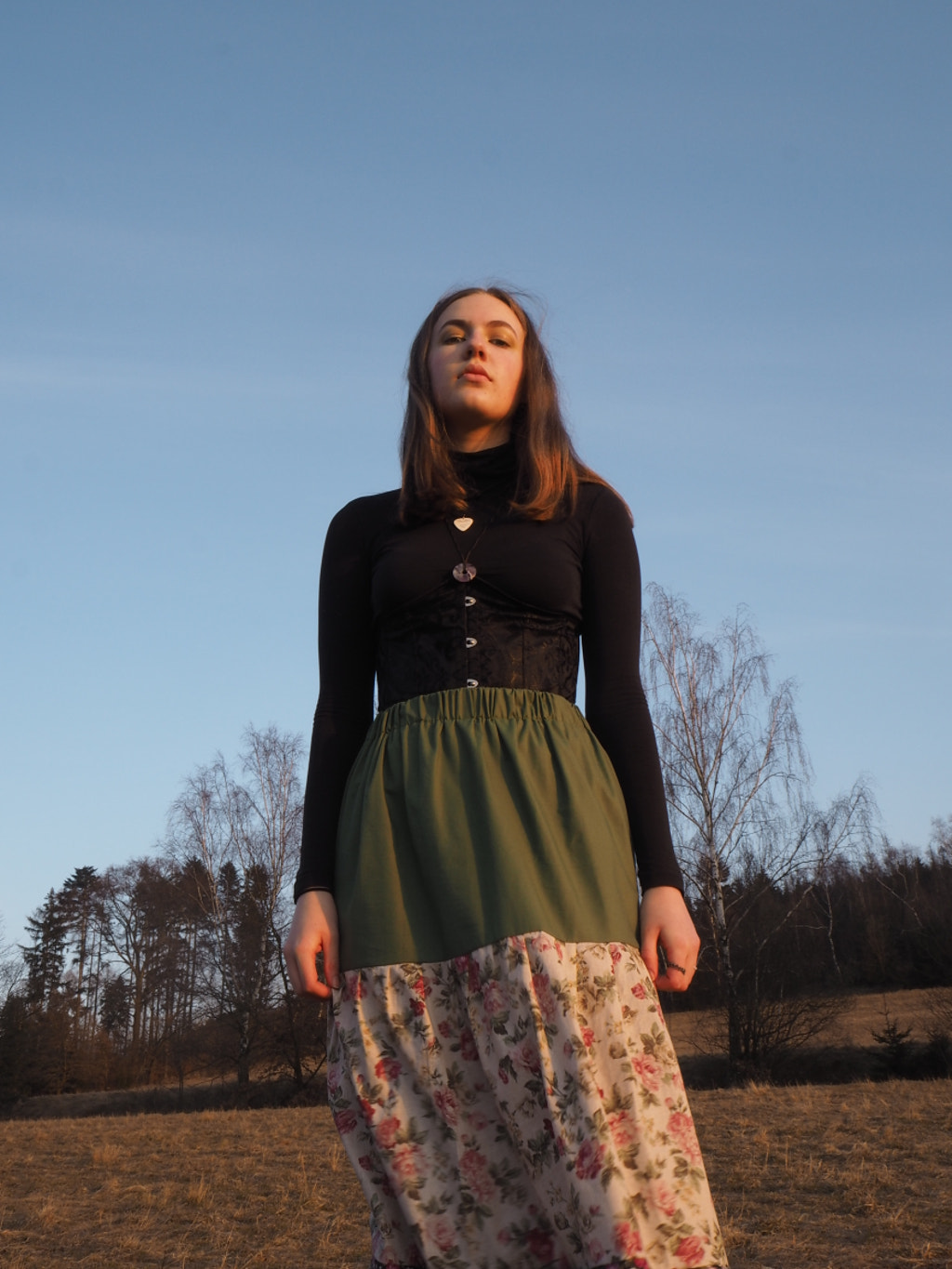



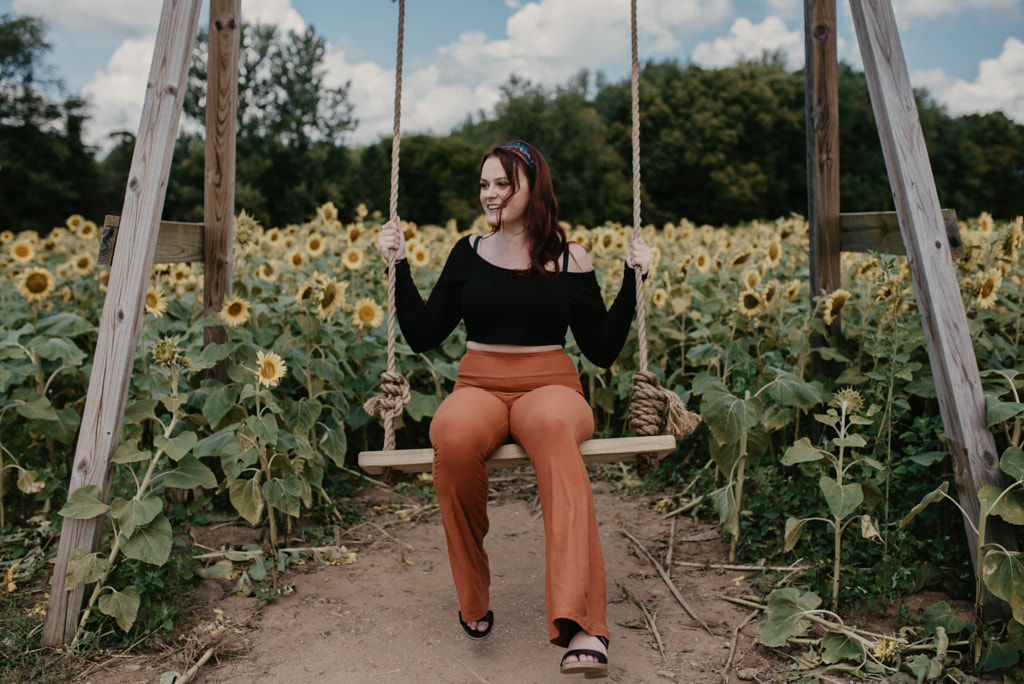
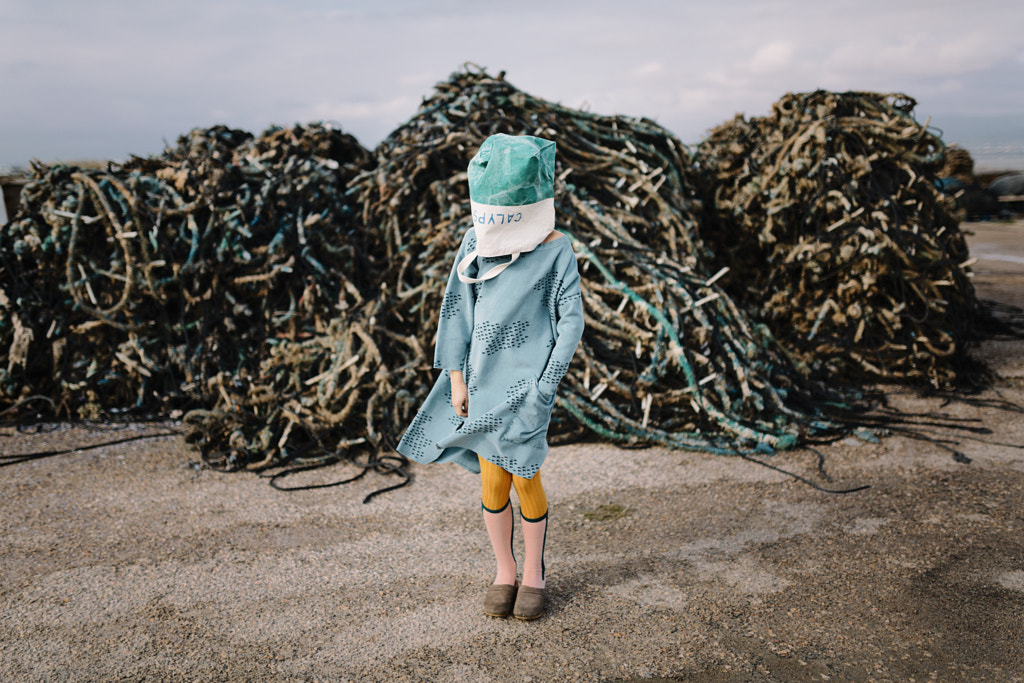
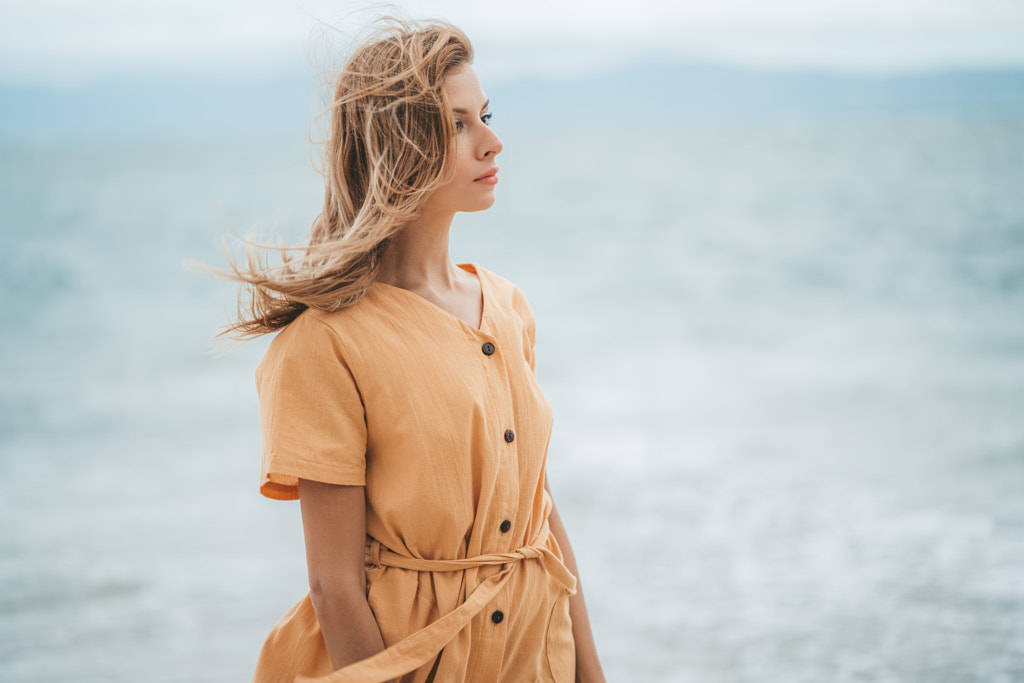
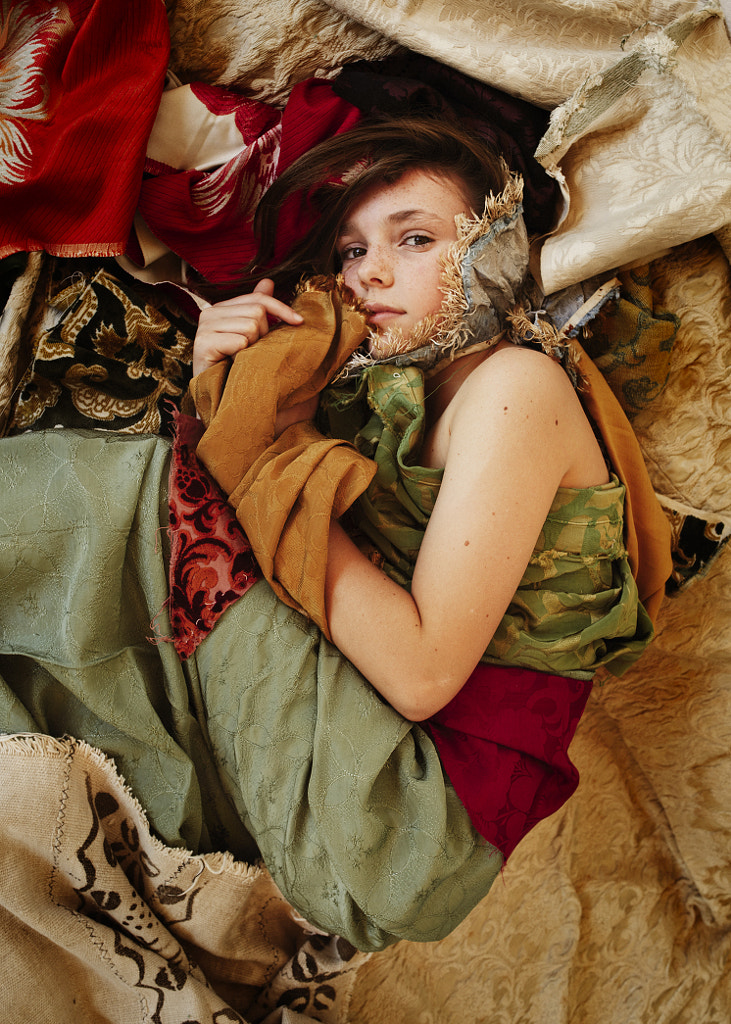
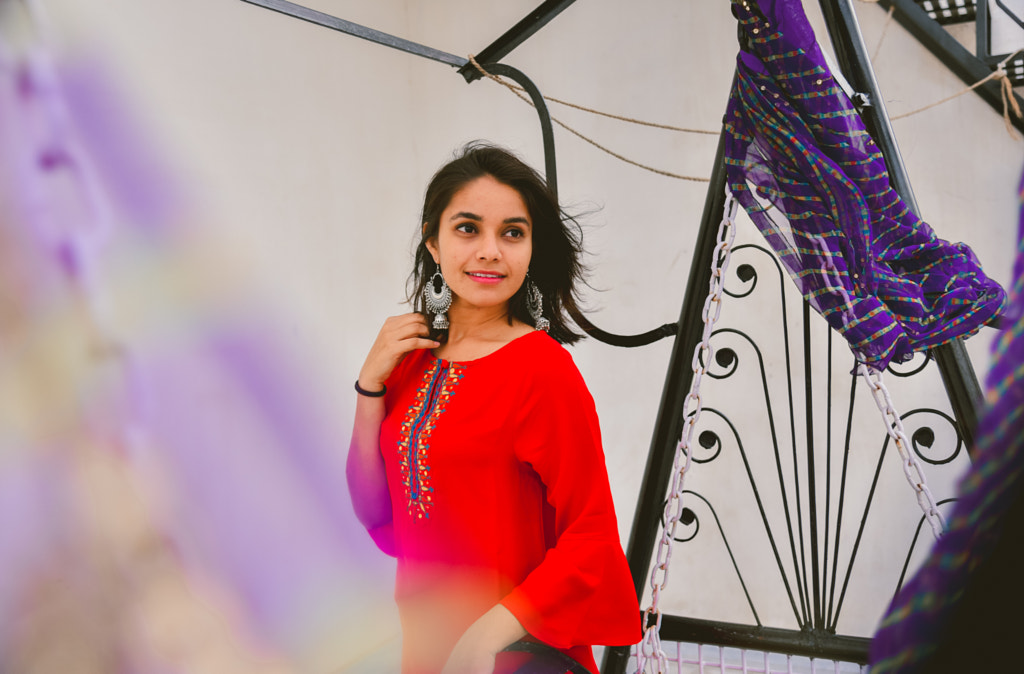




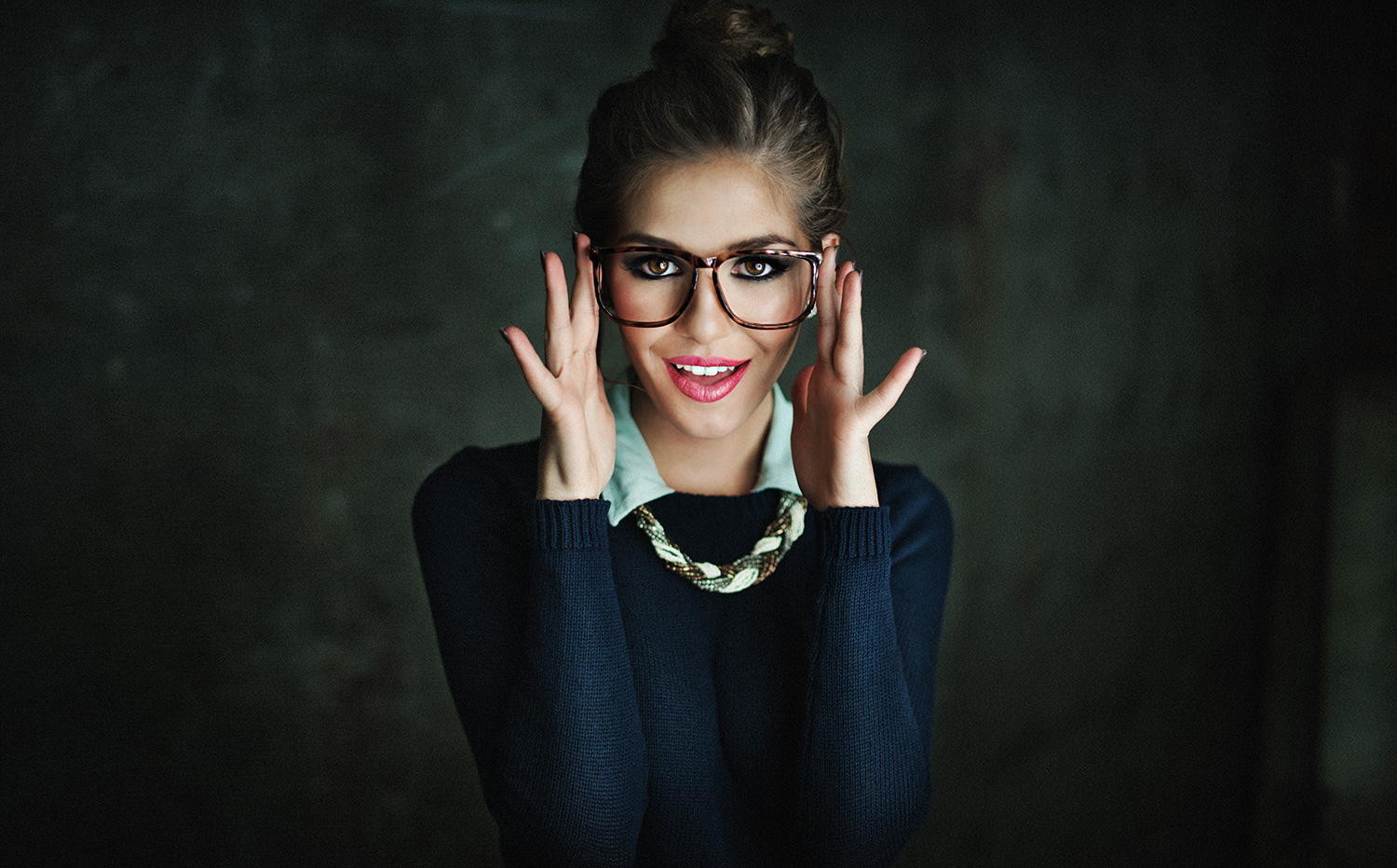
Leave a reply